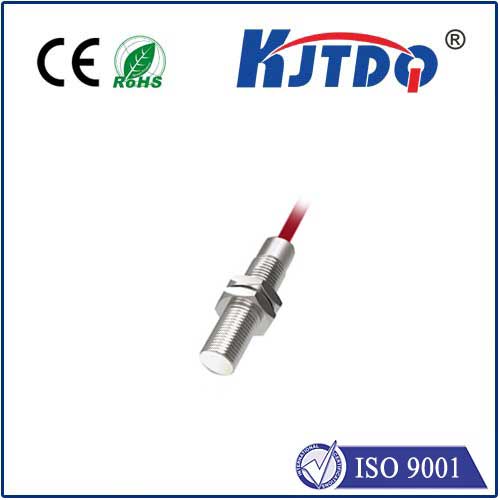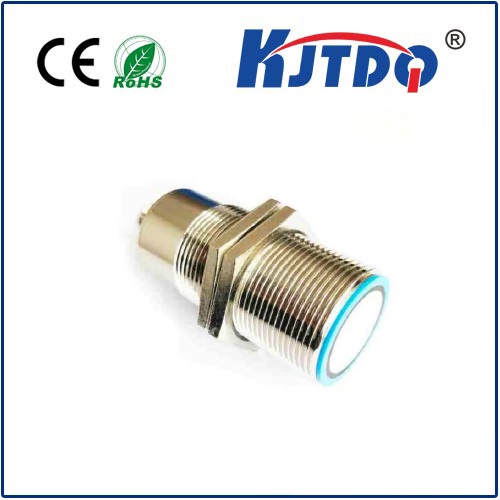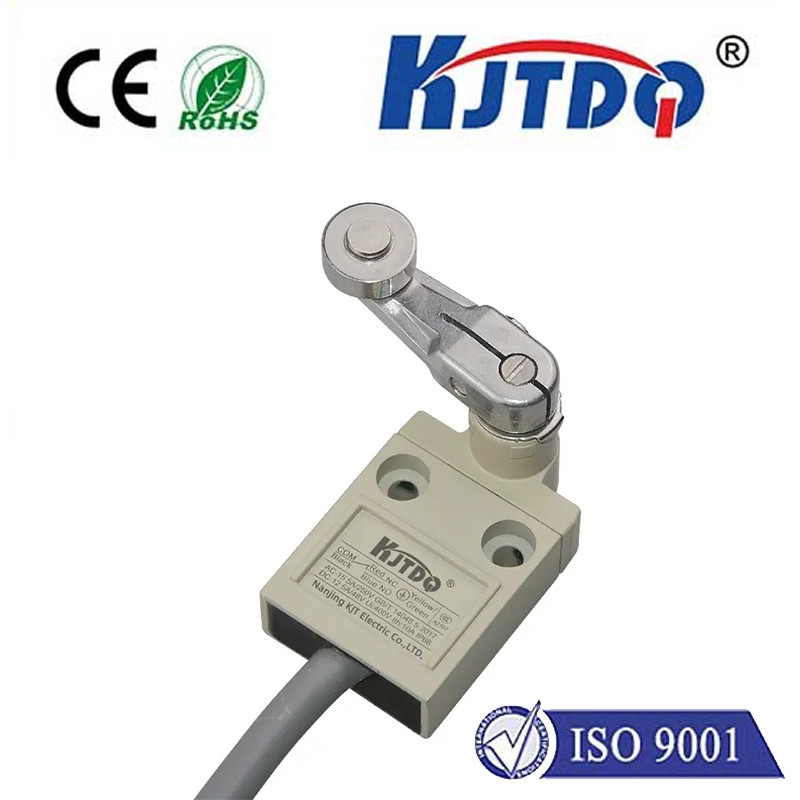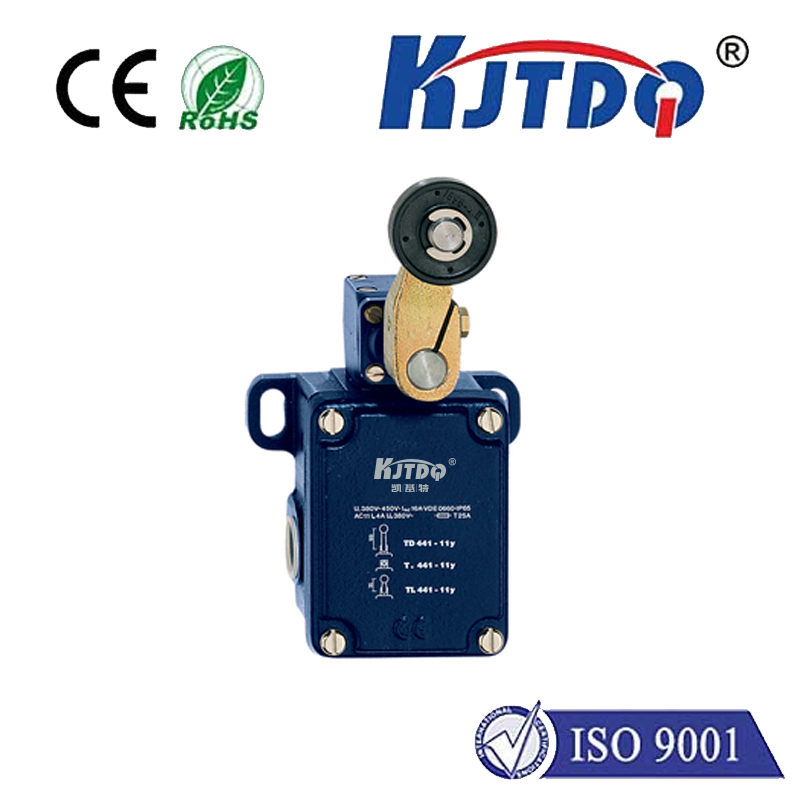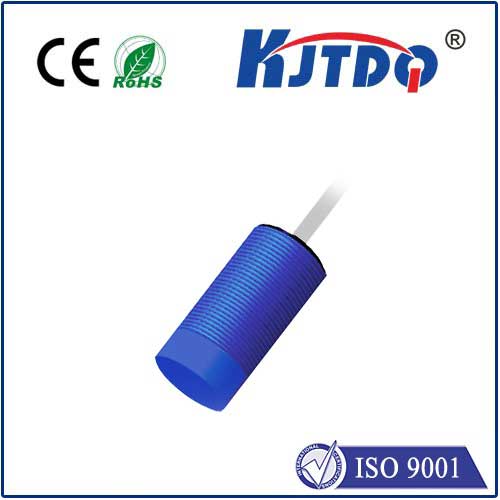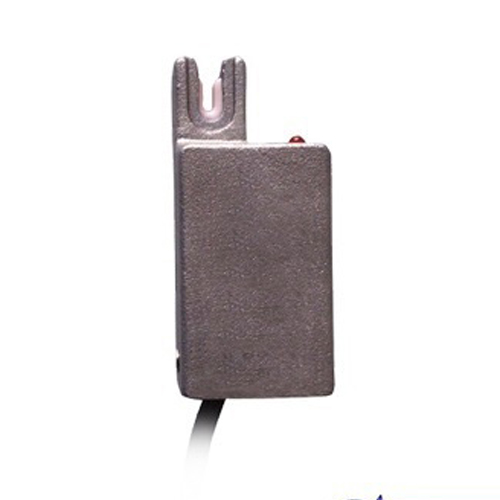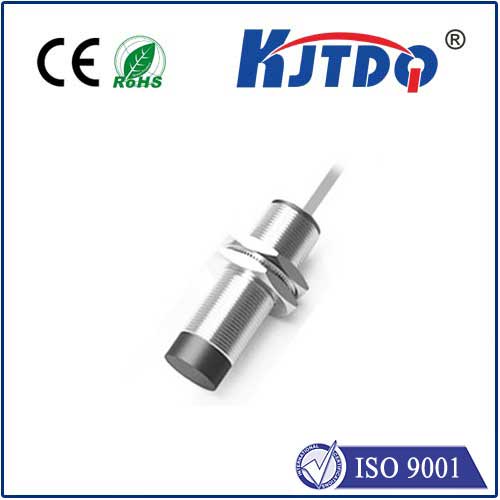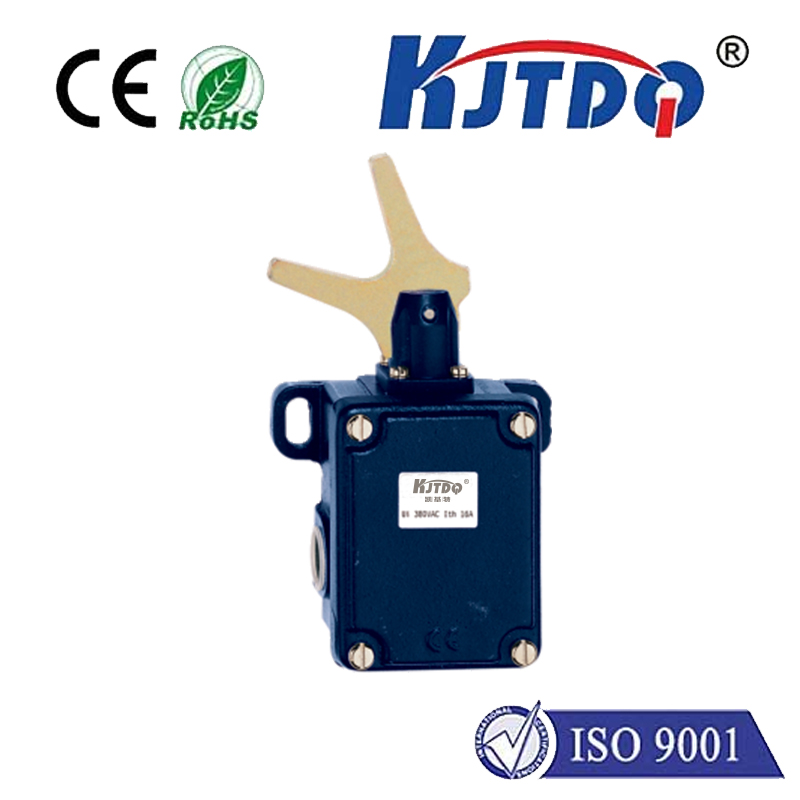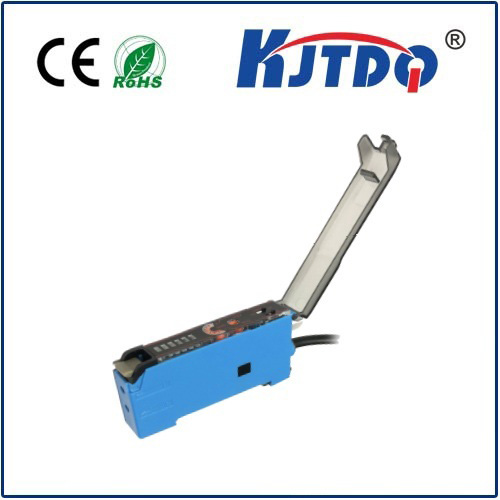поляризационный рефракторный датчик
- time:2025-07-23 14:00:59
- Нажмите:0
Polarized Retroreflective Sensors: Ending the Reflectivity Headache in Automation
Imagine this: a high-speed bottling line suddenly stops. Glossy, perfectly filled bottles are whizzing past, but the sensor meant to count them keeps missing beats or triggering falsely. The culprit? Frustratingly unreliable detection caused by reflections. Shiny surfaces, ubiquitous in modern manufacturing from polished metal and glass to plastic wrap, wreak havoc on standard photoelectric sensors. This is where the поляризационный рефракторный датчик steps in, not just as an alternative, but as a targeted solution engineered to conquer this specific challenge. By harnessing the power of polarized light, it delivers robust and reliable object detection even in environments where reflectivity would cripple conventional sensors.
Understanding the Core: Retroreflection with a Twist
To grasp the innovation, let’s break down the core components. A standard retroreflective sensor works by pairing a light emitter (usually an LED) and a light receiver within a single housing unit. Opposite this sensor sits a specialized retroreflector. This device isn’t just a mirror; it’s designed to reflect incoming light beam directly back along the path it came from, regardless of the angle of incidence. The sensor’s receiver detects this returned beam. When an object interrupts this beam path between the sensor and the reflector, the receiver notes the absence of light and signals a detection event.
The Fundamental Weakness: Shiny Objects
This setup works brilliantly… until it encounters a highly reflective object. The problem arises because a shiny object passing between the sensor and the retroreflector can act like a mirror itself. It can potentially reflect the emitter’s light directly to the receiver, mimicking the retroreflector’s signal. To the sensor, it looks like the beam is uninterrupted, even though the object is physically present. This critical false negative scenario – missing an object entirely – is unacceptable in automated processes where precision and reliability are paramount. Standard retroreflective sensors struggle significantly with metallic parts, glossy packaging, glass containers, or even liquids.

Polarization: The Ingenious Solution
This is where polarized light transforms the technology. Light waves normally vibrate in multiple planes perpendicular to their direction of travel. A polarizing filter acts like microscopic parallel slits, only allowing light waves vibrating in one specific plane to pass through.
Here’s how a поляризационный рефракторный датчик leverages this principle:
- Polarized Emission: The emitter sends out light that first passes through a polarizing filter integrated into the sensor head. This means the light beam hitting the retroreflector is polarized in a single plane (e.g., vertically).
- The Magic of the Retroreflector: Crucially, the retroreflector used with these sensors is not a standard one. It’s a polarization-retaining retroreflector. When the polarized light beam hits it, the reflector is designed to rotate the plane of polarization by a specific angle, typically 90 degrees. A vertical beam becomes horizontal upon reflection, and vice-versa.
- Polarized Reception: The sensor’s receiver also has a polarizing filter in front of it. However, this analyzer filter is oriented perpendicularly to the emitter’s filter. If the emitter filter is vertical, the receiver filter is horizontal.
- The Detection Dance:
- Clear Path: Light emitted vertically polarized hits the retroreflector, gets rotated 90 degrees to become horizontally polarized, reflects back. It passes through the receiver’s horizontal analyzer filter and is detected. Object = Absent.
- Object Present (Non-Shiny): Object blocks the beam. No light returns. Object = Detected.
- Object Present (Shiny Surface): This is the critical case. The shiny object reflects the emitter’s vertically polarized light directly back towards the sensor (direct reflection). However, when this vertically polarized reflected light hits the receiver’s horizontal analyzer filter, it is blocked. The receiver sees no light, correctly signalling that an object is present. The false negative is eliminated!
| Detection Scenario |
Emitter Filter Plane |
Light Path |
Light at Receiver Filter (Plane) |
Passes Receiver Filter? |
Sensor Output |
| Clear Path |
Vertical |
→ Reflector (Rotates 90°) → |
Horizontal |
YES (Horizontal filter) |
Object Absent |
| Non-Shiny Object |
Vertical |
→ Object → Blocked → |
NO LIGHT |
- |
Object Present |
| Shiny Object |
Vertical |
→ Object (Direct Reflection) → |
Vertical |
Нет! (Horizontal filter) |
Object Present |
Key Advantages and Applications
The core benefit of polarized retroreflective sensors is their immunity to false triggers from specular (mirror-like) reflections. This translates into:
- Unmatched Reliability: Consistent detection of objects regardless of surface finish – metal sheets, polished plastics, glass bottles, foil wraps, even liquids in clear containers.
- Enhanced Process Stability: Reduces costly downtime and rejects caused by sensor errors on reflective lines.
- Simplified Installation: Often provides a longer sensing range and wider “beam” than diffuse-mode sensors, with easier alignment than through-beam setups (since both emitter and receiver are in one unit).
- Robust Performance: Effective in environments with ambient light challenges where the polarized light provides a signal-to-noise advantage.
These strengths make them indispensable in numerous demanding industrial settings:
- Packaging: Detecting shiny foil wrappers, metallic bags, glass jars, plastic bottles.
- Automotive: Sensing polished metal components, car bodies, wheels.
- Beverage: Bottle/can counting, cap presence, fill level detection.
- Pharmaceutical: Verifying presence of blister packs, metallic pill foils, glass vials.
- Перевозка материалов: Detecting pallets wrapped in glossy film, metallic totes.
- Printing/Converting: Sensing reflective paper stocks, metallic inks, film webs.
- Electronics Manufacturing: Handling PCBs with solder masks, components in trays.
Beyond Polarization: Additional Considerations
While polarization solves the reflectivity puzzle, modern sensors offer more:
- Background Suppression (BGS): Some models incorporate this within the polarized design, allowing reliable detection of objects very close to the reflector by ignoring distant background reflections.
- Foreground Suppression (FGS): Focuses detection on objects within a specific close range.
- Red Light vs. Infrared (IR): Red light is visible for easier alignment. IR can offer better immunity to ambient light interference and can sometimes penetrate certain materials better, potentially allowing detection through translucent objects like some films or liquids, depending on the specific application.
Implementing Effectively
For optimal performance:
- Always use the correct polarization-retaining retroreflector supplied with the sensor. A standard retroreflector will not rotate the polarization and render the sensor ineffective.
- Ensure the target object completely breaks the beam path. Very thin, transparent, or low-reflectivity objects might still be challenging.
- Mount the sensor and reflector securely to maintain alignment, especially in high-vibration environments.
- Consider environmental factors like dirt, dust, and temperature extremes – choose sensors with appropriate IP ratings and specifications.
The Solution for Shiny Situations

